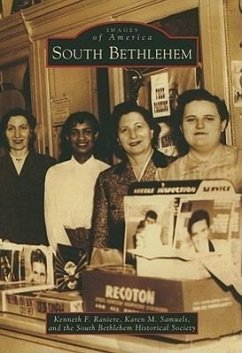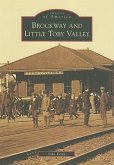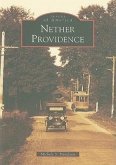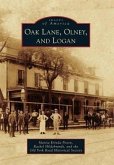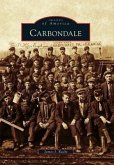The story begins in 1848, when the Moravian Brethren sold 274 acres of farmland to investors who resold them as building lots. By 1855, Asa Packer had laid the tracks of his Lehigh Valley Railroad along the Lehigh River, bringing coal from Carbon County to markets in New York and Philadelphia. Industries rapidly grew, with the Pennsylvania and Lehigh Zinc Company in 1853 and the Saucona Iron Company in 1857. By 1865, South Bethlehem became a borough. Charles M. Schwab headed the former Iron Company in 1906, renaming it the Bethlehem Steel Corporation, and was instrumental in uniting the Bethlehems as one city in 1918. Countless immigrants shaped the tone of this region. Today the Sands Casino occupies part of the former Bethlehem Steel site. It is the future home of art and music venues that will contribute to a city already known for its historic and cultural heritage.
Hinweis: Dieser Artikel kann nur an eine deutsche Lieferadresse ausgeliefert werden.
Hinweis: Dieser Artikel kann nur an eine deutsche Lieferadresse ausgeliefert werden.

